Be it industrial automation or any other PLC system, every device or equipment reaches a stage after a certain period of time, where there arises a need to either change it or upgrade it.
Upgrading and Migration

A PLC, if served for more than 10 years for example, will reach a stage where its technical support no longer exists or the PLC is not available for replacement as it has become obsolete. In this case, you are left with two options – either to migrate to a completely new set of PLCs or upgrade the firmware and program. This difference is really important to understand, as it helps in choosing the right work for the same.
In this post, we will learn the difference between upgrading and migrating PLC systems and understand how to implement the correct one.
Why is Migrating or Upgrading PLC Systems Required?
Before going into the topic, it is first of all necessary to understand why we need to do the same. Suppose you have been using an “X” PLC for almost 15 years down the line. It is not like the program will start to malfunction suddenly; it is a completely different theory and entirely depends on how the programmer has written the code. PLC Code once written executes the same way for a lifetime as it is.
The issue starts with hardware and support. A PLC manufacturer mostly won’t keep this “X” PLC in production for such a long period of time if it is not stable or has many limitations in programming.
Sooner, this PLC will start to become obsolete and its replacement will not be available. Even the system integrator or the PLC manufacturer itself will not be able to provide its technical support as the staff for the same will be shifted to a newer brand or its programming cable is also no longer available.
In that case, if suddenly the PLC system fails due to some reason, then you are left with no option but to wait for a longer downtime period to end. Also, if you are still able to get this PLC from somewhere, then its cost will be super-high and out of budget.
With the current supply chain disruptions and the recent scarcity of new industrial automation solutions and parts, it’s not feasible to estimate exactly how long it might take to source a new unit. In that case, you are left with two options – either to migrate to another brand or upgrade the existing one to a newer firmware CPU or program.
So, it is this reason why migration and upgradation play an important role in industrial automation. Also, new solutions bring with them reduced errors, and risks, stronger technical support, service expertise, less capital investment, and efficient operation of plant.
What is the Migration of the PLC System?
First of all, let us understand the simpler one of the two. Migration means to completely replace an old system with a new system. This is similar to a citizen migrating from his previous city to a new city. Suppose you have an old PLC that has some hardware defects in it after it has been found 10 years old.
Two digital inputs of the CPU have become faulty and the CPU is no longer available in the market. Also, due to some bad luck, the system integrator which provided the PLC has shut down his business or shifted to some newer brands.
In that case, migrating means you will need to buy a PLC of some other brand. Before buying, you will need to consider factors like IO counts, IO wiring, communication port availability, programming capacity, memory capacity, speed of execution, how much it can be expanded, etc.
Once you get through all this, you will then need to buy a new one and write a new program in it according to the manufacturer’s software. Also, you need to share the previous IO list with the new vendor, so that he will do the IO mapping in PLC accordingly and will reduce time to wire the IO’s in the electrical panel. Once done, you can replace the old PLC with the new one and use the system accordingly.
Although new and consistent programming standards can’t be fully applied using this approach, the overall functionality remains as close to the original as possible, and the program can be improved to some extent.
What is Upgrading of PLC Systems?
Let us take a second case of upgrading the PLC system. You have the same PLC of the manufacturer as discussed before and its failure has occurred. Now, you find that some higher level of PLC of the same manufacturer is available, with similar coding style and IO functionalities.
Even the vendor is available for support. Instead of changing the vendor to a newer one or completely changing the PLC brand, you will just need to upgrade your system to a newer and higher one. This new CPU will have to be either rewritten with the new coding or just plugged and played, depending on the software. An upgrade thus, requires a more comprehensive IO wiring and PLC coding to be done as we update the system.
Also, rewriting new codes from scratch allows the programmer to eliminate the bugs he had observed in older systems and also plan for efficient and reliable logic in a simpler manner. This is a clean slate approach to upgrading a system.
Difference between Migrating and Upgrading PLC systems
- Migration means switching to a completely new PLC manufacturer, whereas upgrading means switching to a newer CPU of the same PLC manufacturer.
- Migration is cheaper than upgrading, as it requires less downtime, less new hardware, less programming time, and designing infrastructure.
- Migration is less risky than upgrading, as you already have the program available of the older one, and you just need to copy-paste the same. Though 100% copy is not possible, functionalities can be similar in a large way due to this approach.
- Migration can lead to new hardware and this can take time for engineers to understand the system quickly so that then they can maintain and troubleshoot it. In this case, upgradation is much easier.
- Migration is less reliable and efficient than upgrading because you do not know how this new PLC will function now in spite of studying it so much.
Migrating and upgrading is a tricky thing to do and requires the detailed expertise of engineers and programmers involved in it. Also, what action to take varies from system to system. Once done, it can make your task completely easier. In this way, we saw the concept of upgrading and migrating PLC systems.
If you liked this article, then please subscribe to our YouTube Channel for Instrumentation, Electrical, PLC, and SCADA video tutorials.
You can also follow us on Facebook and Twitter to receive daily updates.
Read Next:
- Motor Faceplate in Graphics
- HMI and VFD Control System
- Update PLC Firmware Version
- PLC Sorting Machine System
- PID Controller Control System
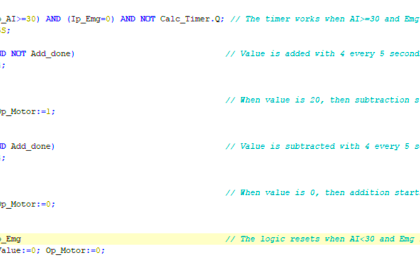
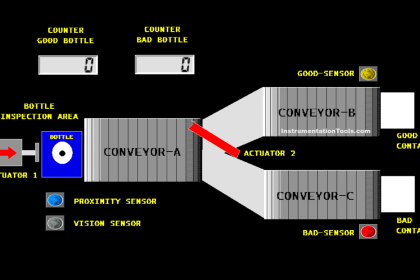
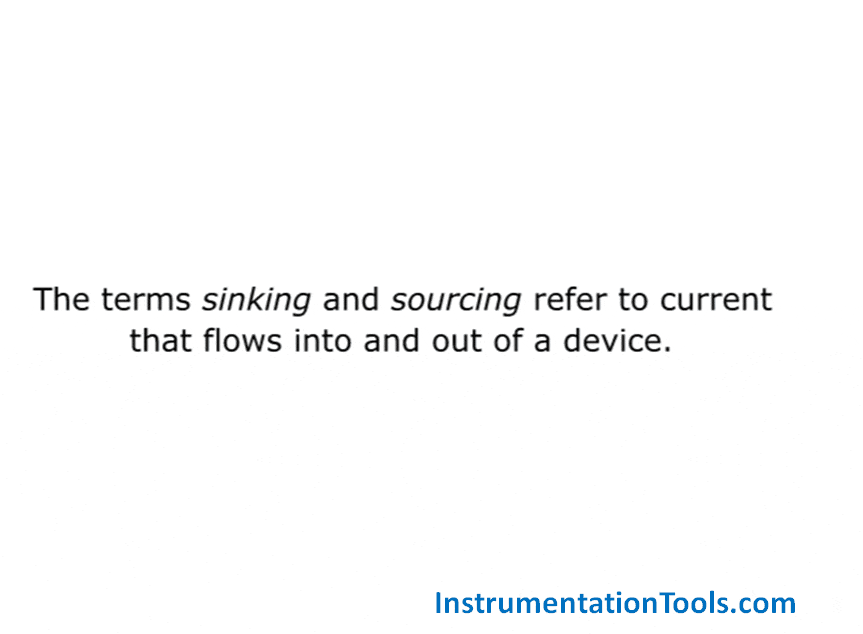
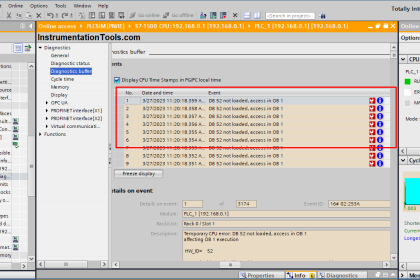
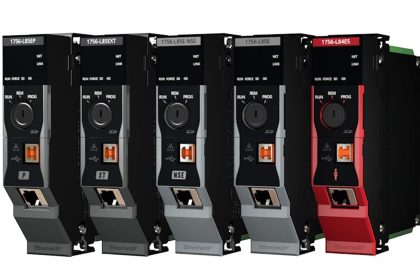
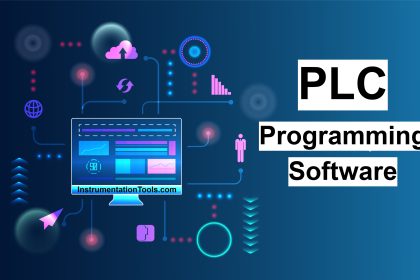
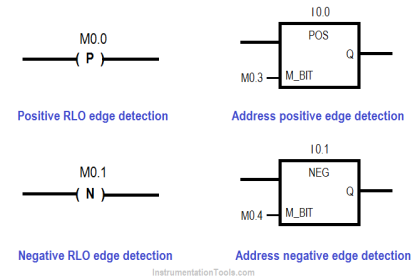
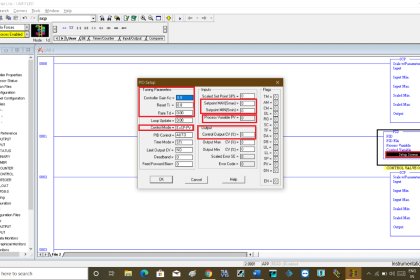


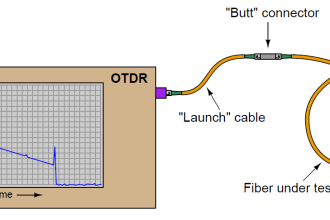


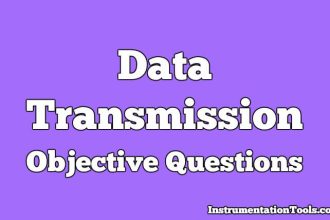



Migration is cheaper than upgrading,…
Migration is less risky than upgrading, … (It depends …)
Are these 2 issues correct?!!!